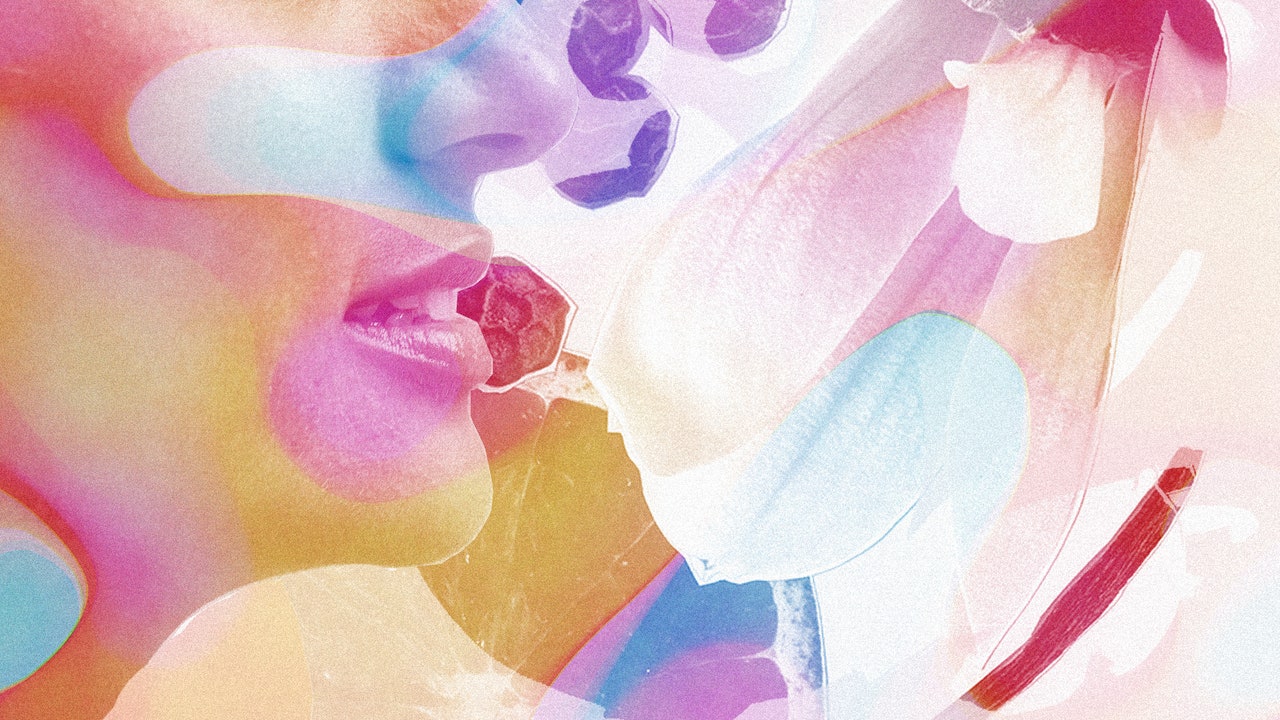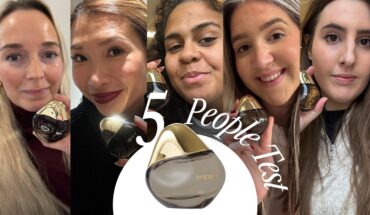
But our noses can also become lazy, says Michelle Feeney, founder of Floral Street, as “we naturally become less sensitive to certain smells after we’ve been exposed to them for a while. It’s actually a natural survival mechanism: it’s your brain’s way of tuning out old smells so you can be aware of any potentially dangerous new smells, like fire.”
OK, so nose blindness is a thing. But Geza Schön, founder of Escentric Molecules, also points out that our modern, visually-driven lives are causing us to (almost) abandon our sense of smell. “In the past, particular odours in nature, like rotten fruit or a wild animal carried strong messages. But with technology and safer environments, our sense of smell has become neglected.”
Indeed, many of the perfumers I’ve spoken to over the years, including Chanel’s house perfumer Olivier Polge, and Jacques Cavallier-Belletrud – the nose behind perfumes by Louis Vuitton – play down the idea that they are genetically blessed by smelling things that nobody else can.
I’m paraphrasing here, but, like a flexed muscle, they say they constantly stimulate their sense of smell through exposure to different scents and their links to memory – and that’s what explains their incredibly honed noses.
It’s an interesting point, backed by science. In one study, twine was dipped in chocolate essence and zigzagged across a grassy field, while human volunteers tracked the scent as if they were bloodhounds. It proved that humans can follow a scent trail (although not as well as our furry friends) and they actually got better at it with practice.
How to improve your sense of smell:
While I’m definitely not suggesting that anyone gets on on all fours in a muddy field, while blind-folded and ear-muffed, there are simple exercises you can do to develop your sense of smell so that every layer of your favourite perfume ignites the same spark of joy as the end score of a film.
1.Be inspired by synaesthesia
The biggest roadblock for most of us is finding the language to describe a scent. I’ve attended a lot of fragrance launches recently where the perfumer has spoken about the ingredients and smell by leaning into synaesthesia – a phenomenon where scents can take the form of shapes, colours, musical notes, or be spiky and cotton ball-soft in texture.
“When perfumers are training, they learn by linking smells to whatever memory is triggered,” says Suzy. “Associating a scent with the colours, textures, temperature and even sounds that come to mind, can really ‘fix’ that aroma forever. So when you smell a scent, try to imagine: if this were a piece of material, would it feel smooth like velvet, rougher like linen or crisp as cotton? What colour would it be? ”.
Perfumes to try:
Some perfumers, including Jo Malone, have synaesthesia so their juices may be a good starting point as they are instinctively designed to evoke a multi-sensory experience.
Jo Loves Pomelo is so crisp it conjures up a sweating glass of ice cold, sparkling water with a slice of citrus. For Eilish No.3, Billie Eilish translated the colour red into a scent where creamy woods are entwined with spicy saffron and warm, velvety amber.





